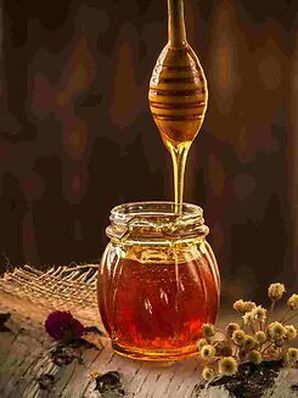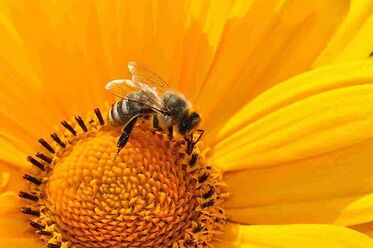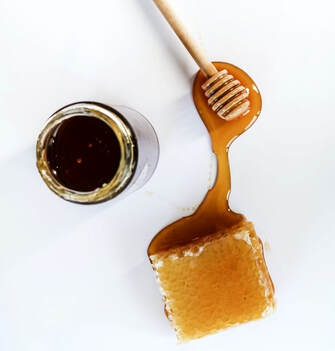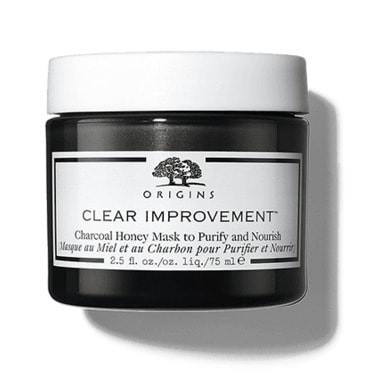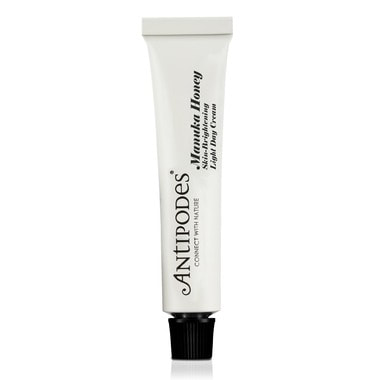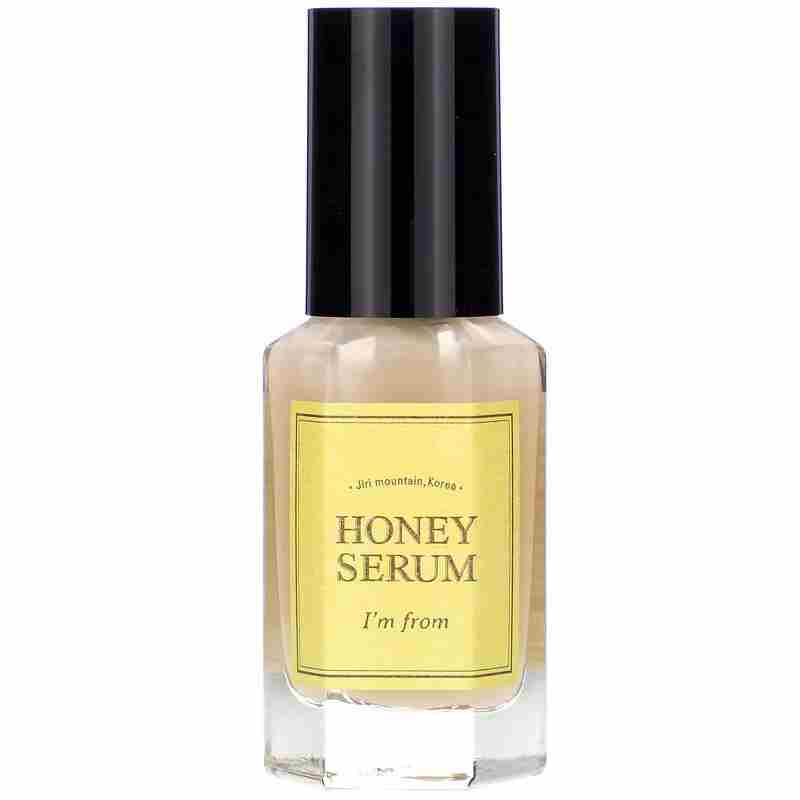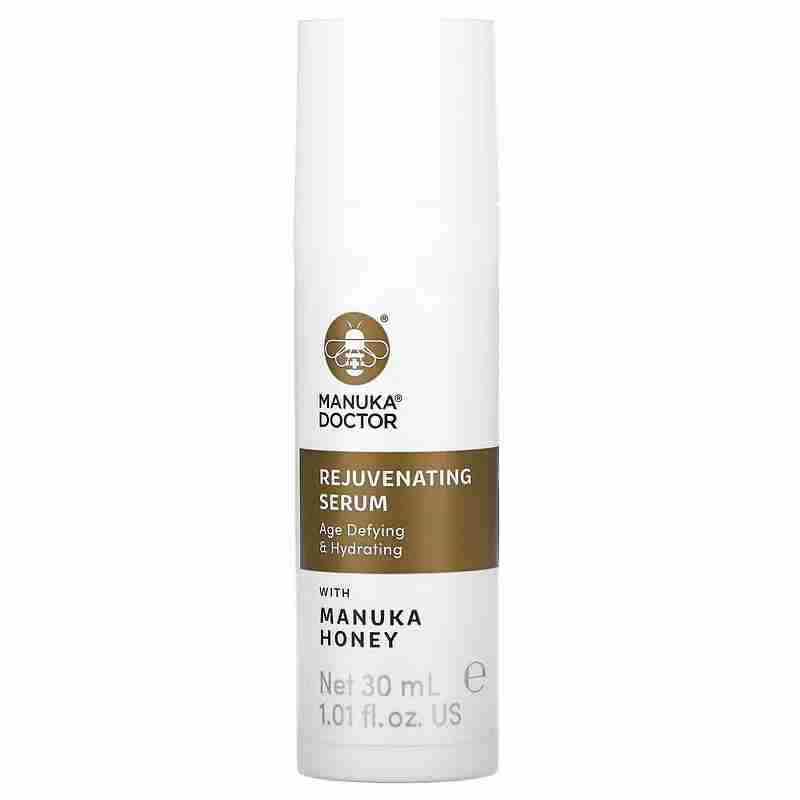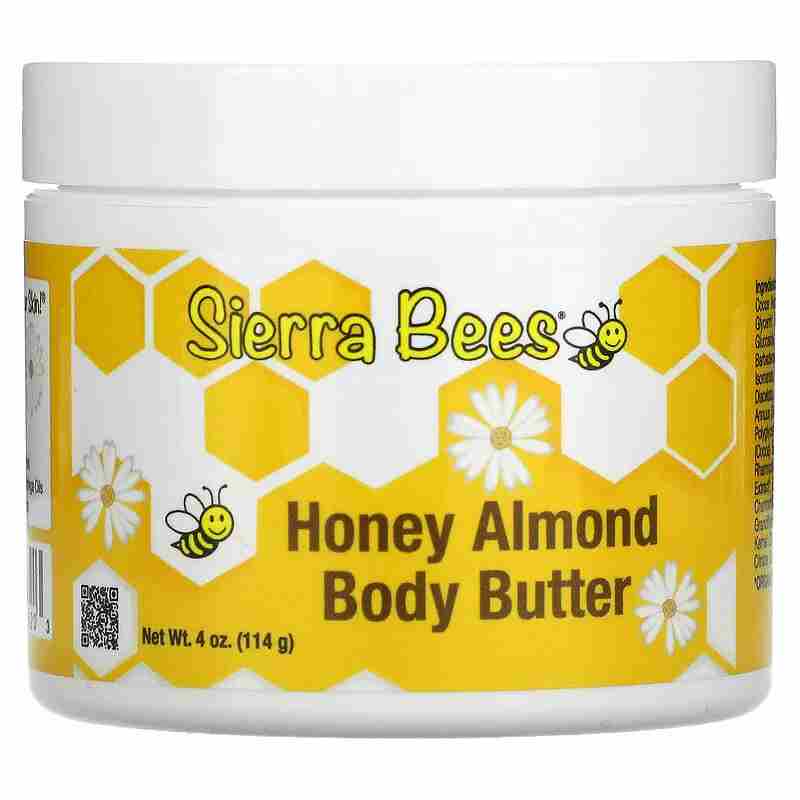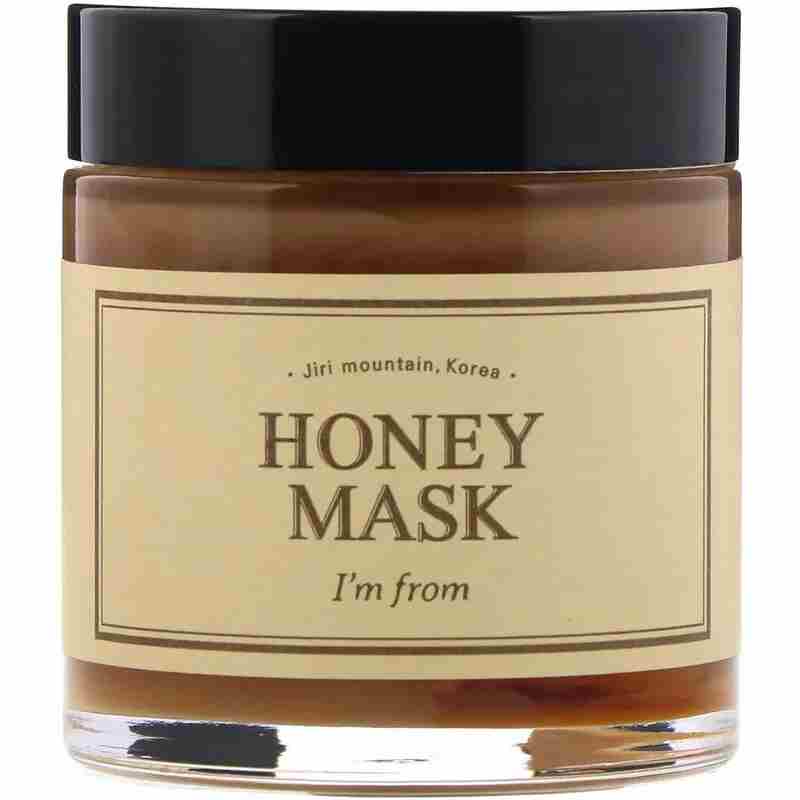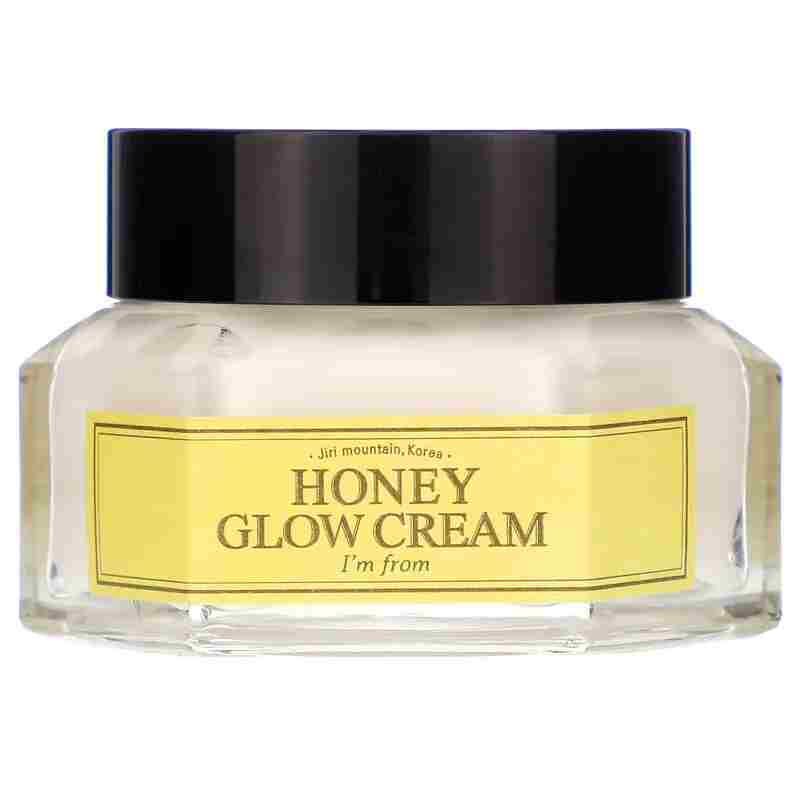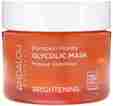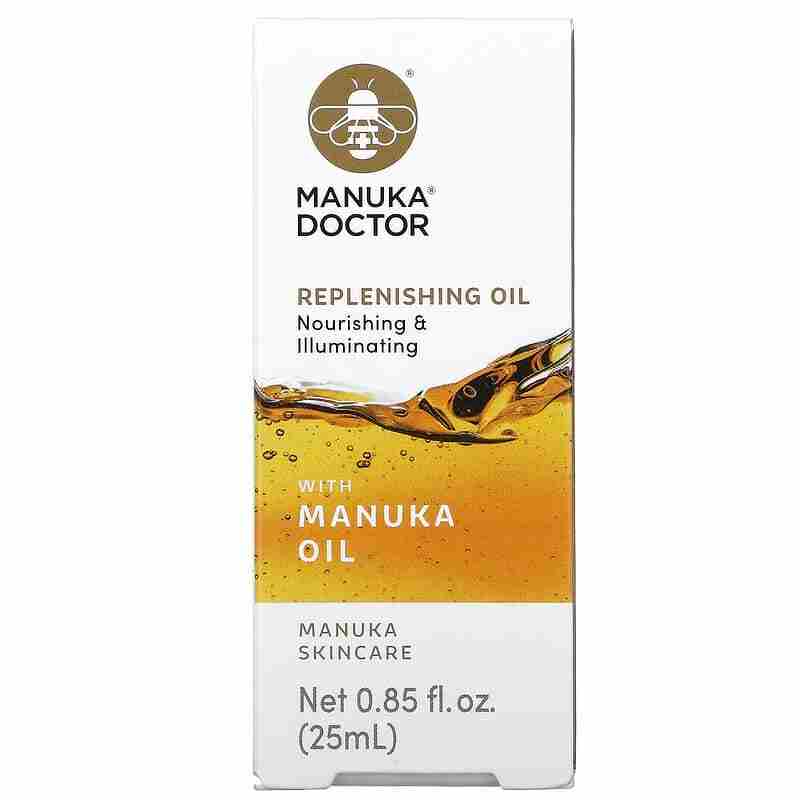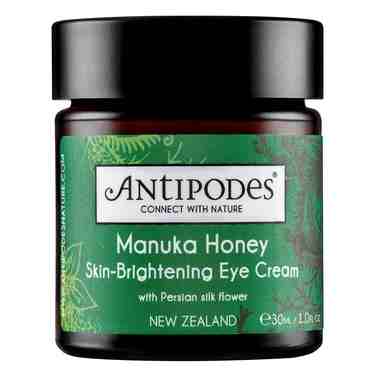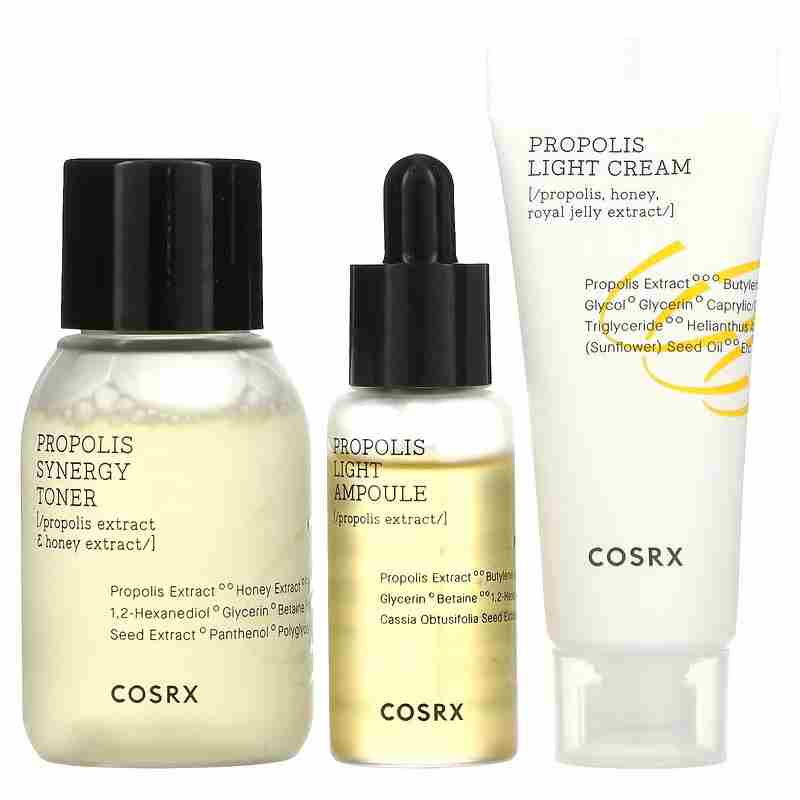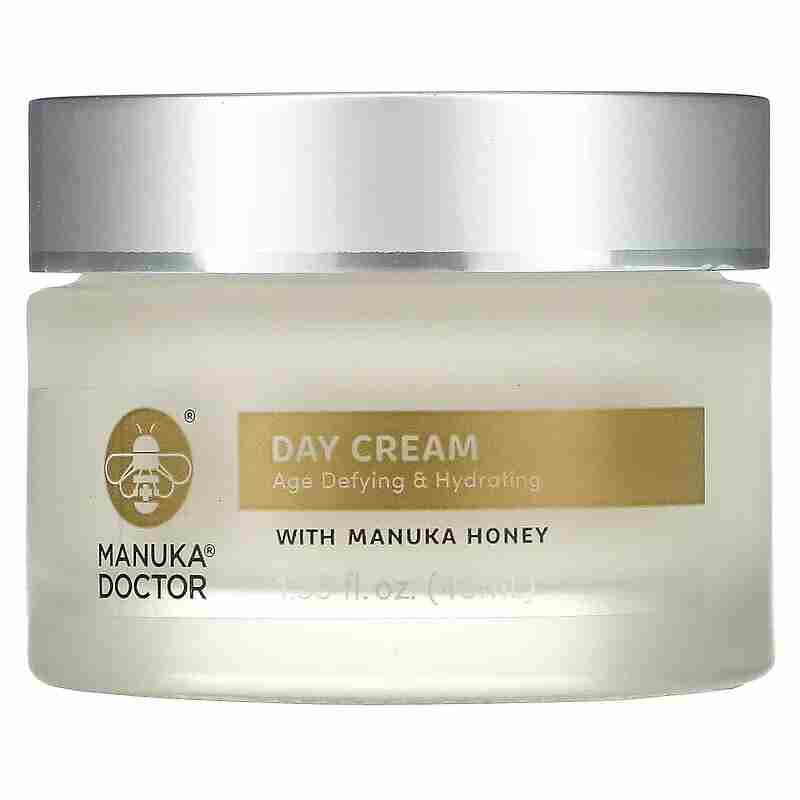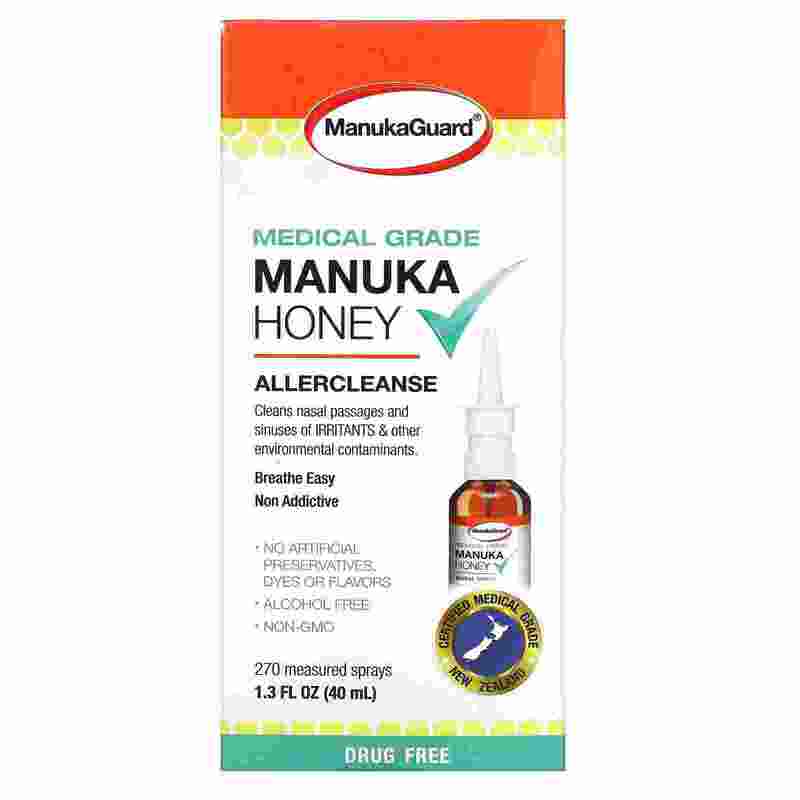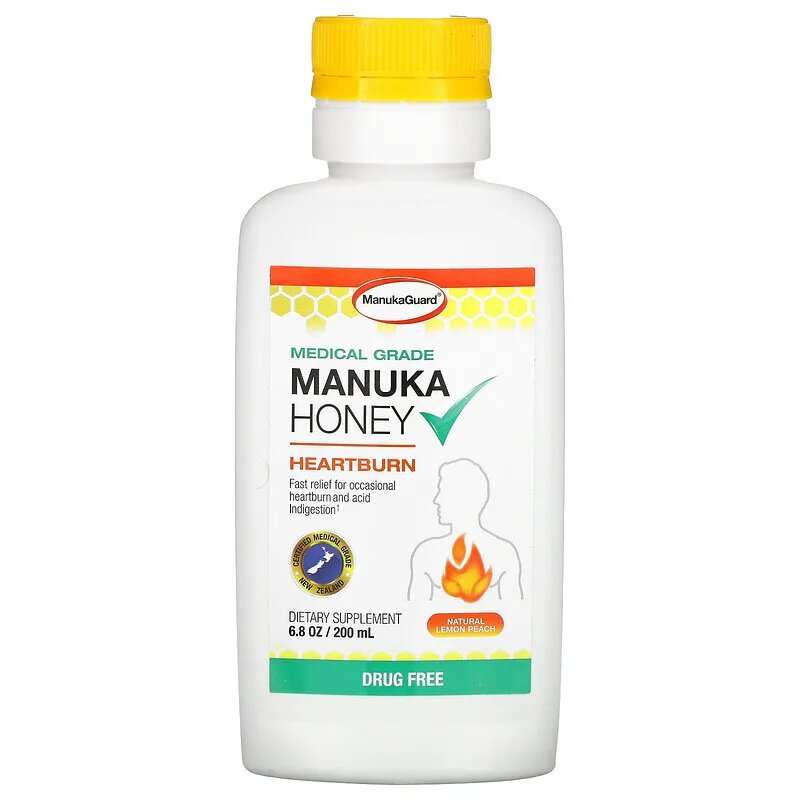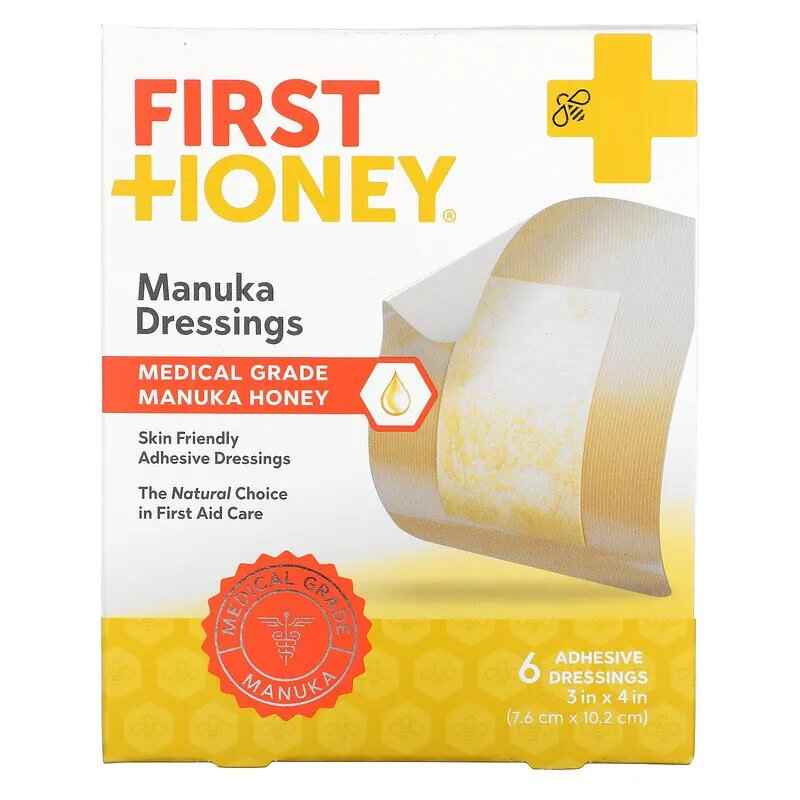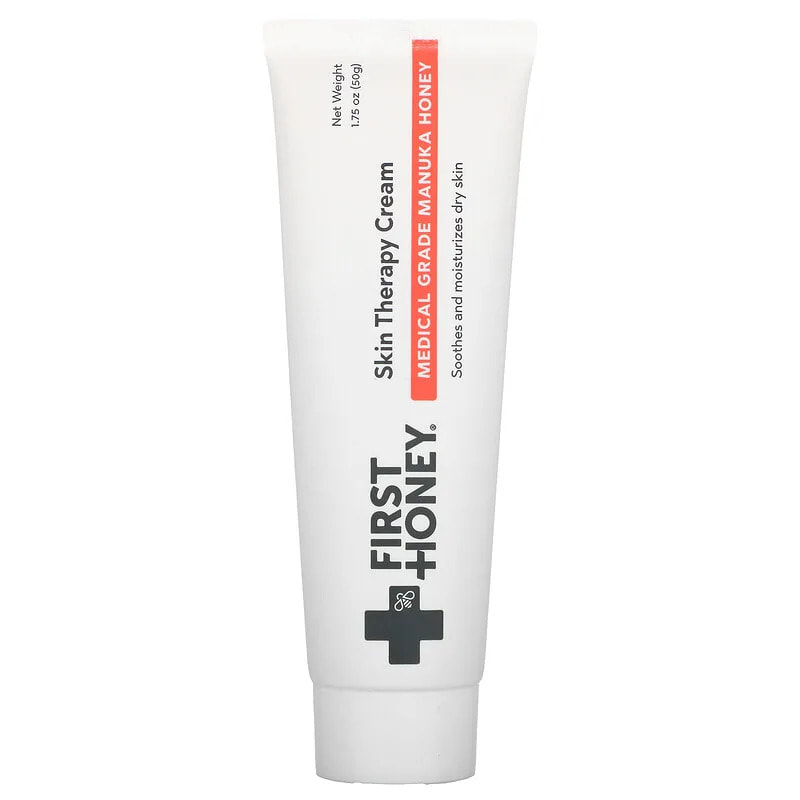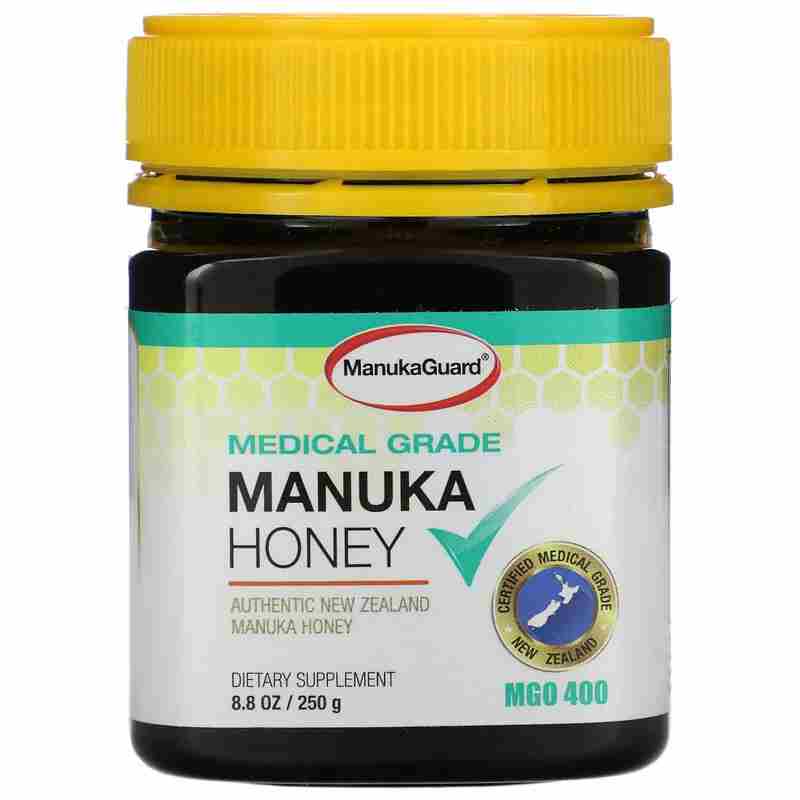Honey is one of the oldest and most important natural products in the world known as “nectar of the God”. Humans found honey about eight centuries ago. The Health benefits of honey were documented in the world's oldest medical literature.
The Quran and Bible mention honey as medicine. Due to its nutritional and therapeutic value, honey was widely utilized by Egyptians, Romans, and Greeks. It is the main ingredient in Ayurveda, Chinese and Islamic medicine. Hippocrates emphasized the similarity of honey to air and water.
Honeybees make honey after feeding on flower nectar, blossoms, or the flower’s secretions. The colours, texture, composition, aroma, flavor, and potential health benefits of honey depend on the source of the plants that the bees feed on and the geographical origin of plants. Comb, crystallized, liquid, chunk, and creamed honey are different forms of honey.
Colour ranges are from light to dark brown. Scientists found that dark honey showed better antioxidant activity as compared to light honey. The honey available in the market differs in quality due to various factors such as geographical, seasonal, processing conditions, packaging, and storage conditions.
Honeybees make honey after feeding on flower nectar, blossoms, or the flower’s secretions. The colours, texture, composition, aroma, flavor, and potential health benefits of honey depend on the source of the plants that the bees feed on and the geographical origin of plants. Comb, crystallized, liquid, chunk, and creamed honey are different forms of honey.
Colour ranges are from light to dark brown. Scientists found that dark honey showed better antioxidant activity as compared to light honey. The honey available in the market differs in quality due to various factors such as geographical, seasonal, processing conditions, packaging, and storage conditions.
Forms of honey
Honey can be raw, unpasteurized, and pasteurized. Are you wondering what difference between them?
Raw honey is extracted from the honeycomb and then bottled. This honey is cloudy because it contains the pollen and propolis that give the product all its health benefits. Many researchers have reported the health benefits of raw honey.
Unpasteurized honey is slightly heated while processing.
Pasteurized honey is heated at high temperatures to destroy the sugar-tolerant yeast and heavy filtered. This process gives the product a smooth texture and longer shelf life. However, pasteurization and filtration remove the most valuable elements from the honey. It remains sweet and delicious, but it is no longer the healthy product you might expect.
Honey contains about 180 different substances such as proteins, enzymes, amino acids, antioxidants, minerals, vitamins, and polyphenols. The health benefits of honey depend on the quality and purity extracted from the collected natural substances.
The composition of different types of honey has been widely investigated. However, scientists continue to have a strong interest in the nutritional and therapeutic ingredients of raw honey as an effective natural therapy.
Raw honey is extracted from the honeycomb and then bottled. This honey is cloudy because it contains the pollen and propolis that give the product all its health benefits. Many researchers have reported the health benefits of raw honey.
Unpasteurized honey is slightly heated while processing.
Pasteurized honey is heated at high temperatures to destroy the sugar-tolerant yeast and heavy filtered. This process gives the product a smooth texture and longer shelf life. However, pasteurization and filtration remove the most valuable elements from the honey. It remains sweet and delicious, but it is no longer the healthy product you might expect.
Honey contains about 180 different substances such as proteins, enzymes, amino acids, antioxidants, minerals, vitamins, and polyphenols. The health benefits of honey depend on the quality and purity extracted from the collected natural substances.
The composition of different types of honey has been widely investigated. However, scientists continue to have a strong interest in the nutritional and therapeutic ingredients of raw honey as an effective natural therapy.
Types of honey
There are about 320 types of honey. Health benefits vary between different types.
Manuka honey – may help fight pathogenic bacteria. Treatment of wounds and stomach ulcers.
Wildflower honey has antioxidant and anti-inflammation properties. It may help suppress the seasonal allergic reaction, increase energy level, and cure respiratory problems.
Buckwheat honey is very high in antioxidants. It has a higher content of minerals, sugar, and phenolic compounds in comparison with other types of honey. It may help to treat wounds, regulate cholesterol levels and blood pressure. This honey is a great option to treat coughs and sore throats.
Clover honey has a high amount of flavonoids and has strong antioxidant properties. This type of honey may regulate blood pressure and cholesterol level, support lung and heart function.
Orange honey has strong antioxidant and anti-inflammatory properties. It provides good support for the immune system.
Acacia honey is high in flavonoids and antioxidants. It may be beneficial for diabetes, fighting heart diseases, and some form of cancer.
Manuka honey – may help fight pathogenic bacteria. Treatment of wounds and stomach ulcers.
Wildflower honey has antioxidant and anti-inflammation properties. It may help suppress the seasonal allergic reaction, increase energy level, and cure respiratory problems.
Buckwheat honey is very high in antioxidants. It has a higher content of minerals, sugar, and phenolic compounds in comparison with other types of honey. It may help to treat wounds, regulate cholesterol levels and blood pressure. This honey is a great option to treat coughs and sore throats.
Clover honey has a high amount of flavonoids and has strong antioxidant properties. This type of honey may regulate blood pressure and cholesterol level, support lung and heart function.
Orange honey has strong antioxidant and anti-inflammatory properties. It provides good support for the immune system.
Acacia honey is high in flavonoids and antioxidants. It may be beneficial for diabetes, fighting heart diseases, and some form of cancer.
Unique benefits of honey
Honey, as traditional medicine and dietary product, brings attention to its unique properties, possibilities of the use of honey in the treatment of different diseases, and for promoting overall health and well‐being.
Honey is well-known for its antimicrobial, antiviral, antimicrobial, antifungal, antitumor, anticancer, anti-diabetic, anti-parasitic, antiseptic, metabolic, and cardiovascular properties. Numerous studies indicated the unique antioxidant property of honey that can be effective against toxic agents.
Honey can promote fast wound healing (burns, ulcers, and others). Wound care and other biomedical applications are topics that being widely investigated by scientists over the years. Honey has been increasingly recognized as a potential therapeutic agent for the treatment of wound infections.
This ancient method of honey therapy is now under investigation because modern therapeutic agents are failing. Pathogenic bacteria resistance occurs when antibiotics were used widely to prevent and treat infections in humans and animals.
Antibacterial resistance has become a challenging situation worldwide. Honey can be a possible alternative antibacterial agent with promising therapeutic potential in the medical setting.
Apitherapy is an alternative medicine offering treatments based on honey and other bee products. Apitherapy has been used successfully for thousands of years to cure many different health conditions.
Honey is well-known for its antimicrobial, antiviral, antimicrobial, antifungal, antitumor, anticancer, anti-diabetic, anti-parasitic, antiseptic, metabolic, and cardiovascular properties. Numerous studies indicated the unique antioxidant property of honey that can be effective against toxic agents.
Honey can promote fast wound healing (burns, ulcers, and others). Wound care and other biomedical applications are topics that being widely investigated by scientists over the years. Honey has been increasingly recognized as a potential therapeutic agent for the treatment of wound infections.
This ancient method of honey therapy is now under investigation because modern therapeutic agents are failing. Pathogenic bacteria resistance occurs when antibiotics were used widely to prevent and treat infections in humans and animals.
Antibacterial resistance has become a challenging situation worldwide. Honey can be a possible alternative antibacterial agent with promising therapeutic potential in the medical setting.
Apitherapy is an alternative medicine offering treatments based on honey and other bee products. Apitherapy has been used successfully for thousands of years to cure many different health conditions.
Precautions
- Infants younger than 12 months should avoid all honey due to the risk of botulism (food poisoning).
- Allergy to honey is rare, but there could be an allergic reaction to either pollen or bee proteins in honey.
- If you have allergies to specific plants, make sure the honey you are using is not produced from that plant.
- Most vitamins in raw honey get lost at high temperatures.
- Allergy to honey is rare, but there could be an allergic reaction to either pollen or bee proteins in honey.
- If you have allergies to specific plants, make sure the honey you are using is not produced from that plant.
- Most vitamins in raw honey get lost at high temperatures.
Cosmetic Products with Honey
Medical Grade Honey Products
References
1. J.W.White JR, Landis WD. "Honey Composition and Properties". Beesource. Accessed October 10th 2013.
2. Eric Nee-Armah Hammond, Megan Duster, Jackson Ssentalo Musuuza, Nasia Safdar. “ Effect of United States buckwheat honey on antibiotic-resistant hospital acquired pathogens”. The Pan African Medical Journal. 2016.
3. Manisha Deb Mandal, Shyamapada Mandal. “Honey: its medicinal property and antibacterial activity”. The Asian Pacific Journal of Tropical Biomedicine. 2011
4. Mohammad A. I. Al-Hatamleh, Ma’mon M. Hatmal, Kamran Sattar, Suhana Ahmad, Mohd Zulkifli Mustafa, Marcelo De Carvalho Bittencourt, and Rohimah Mohamud. “Antiviral and Immunomodulatory Effects of Phytochemicals from Honey against COVID-19: Potential Mechanisms of Action and Future Directions”. 2020
5. Patricia Combarros-Fuertes, José M. Fresno, Maria Manuela Estevinho, Mário Sousa-Pimenta, M. Eugenia Tornadijo, and Leticia M. Estevinho . “Honey: Another Alternative in the Fight against Antibiotic-Resistant Bacteria? “. Antibiotics. 2020
6. Arne Simon, Kirsten Traynor, Kai Santos, Gisela Blaser, Udo Bode, and Peter Molan. "Medical Honey for wound care - still the "last resort?". Evidence-Based Complementary and Alternative Medicine. Published online 2008
1. J.W.White JR, Landis WD. "Honey Composition and Properties". Beesource. Accessed October 10th 2013.
2. Eric Nee-Armah Hammond, Megan Duster, Jackson Ssentalo Musuuza, Nasia Safdar. “ Effect of United States buckwheat honey on antibiotic-resistant hospital acquired pathogens”. The Pan African Medical Journal. 2016.
3. Manisha Deb Mandal, Shyamapada Mandal. “Honey: its medicinal property and antibacterial activity”. The Asian Pacific Journal of Tropical Biomedicine. 2011
4. Mohammad A. I. Al-Hatamleh, Ma’mon M. Hatmal, Kamran Sattar, Suhana Ahmad, Mohd Zulkifli Mustafa, Marcelo De Carvalho Bittencourt, and Rohimah Mohamud. “Antiviral and Immunomodulatory Effects of Phytochemicals from Honey against COVID-19: Potential Mechanisms of Action and Future Directions”. 2020
5. Patricia Combarros-Fuertes, José M. Fresno, Maria Manuela Estevinho, Mário Sousa-Pimenta, M. Eugenia Tornadijo, and Leticia M. Estevinho . “Honey: Another Alternative in the Fight against Antibiotic-Resistant Bacteria? “. Antibiotics. 2020
6. Arne Simon, Kirsten Traynor, Kai Santos, Gisela Blaser, Udo Bode, and Peter Molan. "Medical Honey for wound care - still the "last resort?". Evidence-Based Complementary and Alternative Medicine. Published online 2008
The information on this website has not been evaluated by any medical body and is
shared for educational purposes only. This post is not meant to diagnose or treat any conditions. Consult your doctor, healthcare provider, or naturopathic doctor before
making changes to your supplement regimen or lifestyle.
shared for educational purposes only. This post is not meant to diagnose or treat any conditions. Consult your doctor, healthcare provider, or naturopathic doctor before
making changes to your supplement regimen or lifestyle.
